Market Growth Projections
The Global LiDAR in Mapping Market Industry is projected to experience substantial growth over the next decade. With a market value of 11.1 USD Billion in 2024, it is anticipated to expand to 33.3 USD Billion by 2035. This growth trajectory suggests a compound annual growth rate (CAGR) of 10.49% from 2025 to 2035. Such projections highlight the increasing reliance on LiDAR technology across various sectors, including agriculture, forestry, and urban planning. The anticipated growth underscores the potential for innovation and investment within the industry, as stakeholders seek to capitalize on the expanding applications of LiDAR.
Technological Advancements
The Global LiDAR in Mapping Market Industry is experiencing rapid growth due to ongoing technological advancements. Innovations in LiDAR systems, such as increased accuracy and efficiency, are enhancing data collection processes. For instance, airborne LiDAR systems now provide high-resolution topographic data that is essential for urban planning and environmental monitoring. As of 2024, the market is valued at 11.1 USD Billion, reflecting the increasing adoption of these technologies across various sectors. The integration of artificial intelligence with LiDAR is also expected to streamline data analysis, further driving market expansion.
Rising Demand for 3D Mapping
The demand for 3D mapping solutions is significantly influencing the Global LiDAR in Mapping Market Industry. Industries such as construction, forestry, and mining are increasingly utilizing 3D mapping for project planning and management. The ability to create detailed three-dimensional models from LiDAR data allows for improved visualization and decision-making. This trend is projected to contribute to the market's growth, with estimates suggesting that by 2035, the market could reach 33.3 USD Billion. The enhanced precision offered by 3D mapping is likely to attract more users, thereby expanding the market further.
Government Initiatives and Funding
Government initiatives and funding play a crucial role in the expansion of the Global LiDAR in Mapping Market Industry. Various governments are investing in infrastructure development and environmental monitoring projects that require accurate mapping solutions. For example, federal agencies in the United States have allocated significant budgets for LiDAR-based projects aimed at flood risk assessment and land use planning. Such investments not only enhance public safety but also stimulate market growth. The ongoing support from governmental bodies is expected to sustain the market's upward trajectory, contributing to a projected CAGR of 10.49% from 2025 to 2035.
Increased Applications in Environmental Monitoring
The Global LiDAR in Mapping Market Industry is witnessing increased applications in environmental monitoring, which is becoming a key driver of growth. LiDAR technology is utilized for assessing forest biomass, monitoring coastal erosion, and mapping habitats. These applications are vital for conservation efforts and sustainable resource management. As environmental concerns continue to rise globally, the demand for precise mapping solutions is likely to increase. This trend indicates a robust future for the market, as stakeholders seek to leverage LiDAR technology for effective environmental assessments and policy-making.
Growing Urbanization and Infrastructure Development
Urbanization and infrastructure development are significant factors propelling the Global LiDAR in Mapping Market Industry. As cities expand, the need for accurate mapping for urban planning, transportation, and utility management becomes critical. LiDAR technology provides detailed topographical data that aids in the design and implementation of urban infrastructure projects. The increasing population density in urban areas necessitates efficient land use planning, which LiDAR can facilitate. This demand is expected to drive market growth, with projections indicating a continued rise in the adoption of LiDAR solutions for urban development.

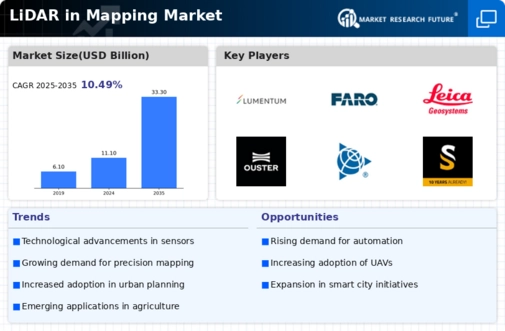

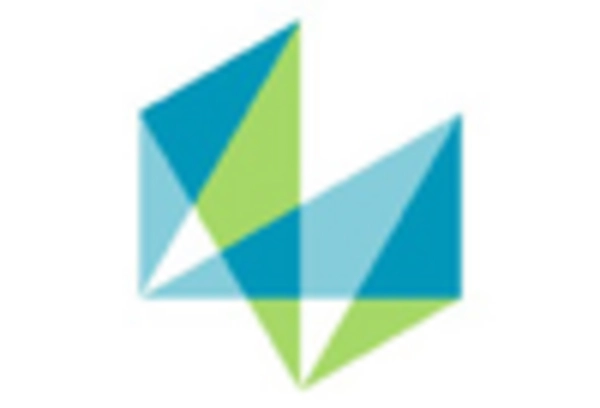
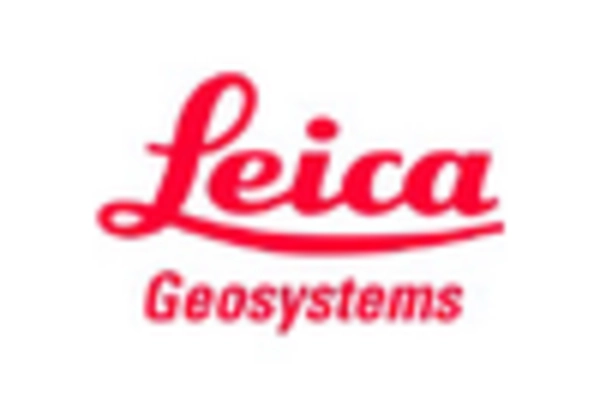
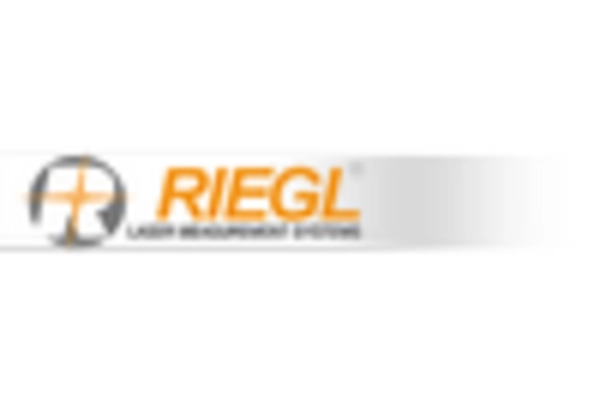
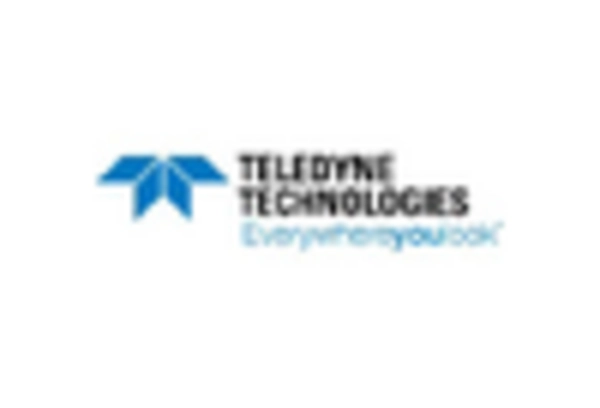
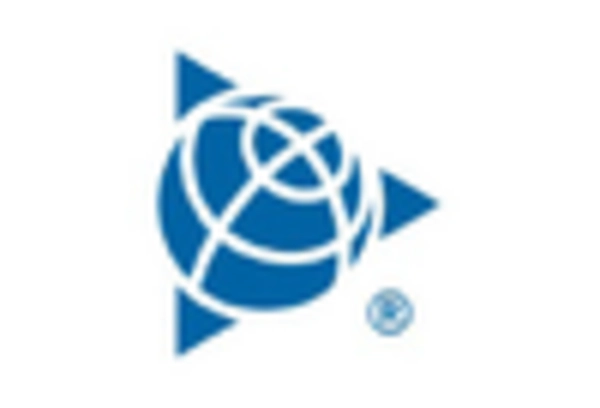








Leave a Comment